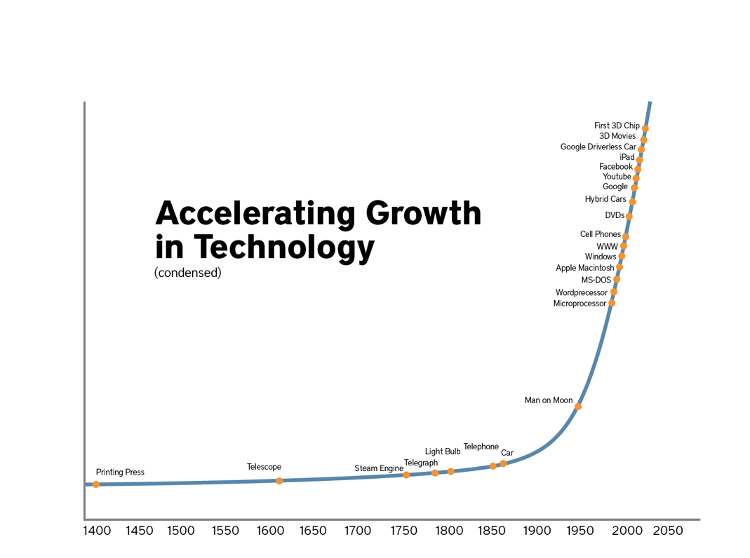Disruptive Technology – At a Glance
- About 90% of the data in the world today (about 2.5 quintillion bytes daily!) has been created in the last two years! It is expected that the big data for analysis could grow to 5.2 zettabytes by 2025.
- Data infrastructure is also playing a significant role in reducing emissions, as demonstrated by the COVID-19 outbreak. Increased use of information and communication technology (ICT) solutions could lead to a 20 percent reduction in global carbon dioxide (CO2) emissions by 2030
- About 40% of productivity improvements are expected to be driven by Artificial Intelligence (AI) by 2035, with the potential to raise global GDP by US$ 13 trillion by 2030. Deep learning alone could account for US$ 3.5-5.8 trillion in annual value.
- About half the world’s population has access to the internet, although over 71.8% of Africa’s population does not. About 5 billion people in the world own a mobile device, and 2.65 billion use social media.
Countries around the world have made considerable progress on basic development indicators in recent decades. However, much remains to be done to ensure even basic living standards for everyone and to ensure the sustainability of our planet. Addressing issues of extreme poverty and shared prosperity in a sustainable manner is getting more complex with a range of environmental, social, and economic development challenges that countries face. The common Sustainable Development Goals (SDGs) are intended to address most of these challenges by 2030. In much of the world, achieving these SDG targets requires approaches very different from those in recent decades, and an openness to use innovative approaches.
Technologies have always played an important part in development innovations and there has been a slow transfer of modern technologies from the “developed” to the “developing” world. Today, technologies are being developed in a more interlinked “global” manner with materials, ideas, and experts sourced from around the world. Technologies have enabled automation of several tedious tasks and help better organize our lives with the help of computers and mobile devices.
Today, technology is evolving at an accelerated pace, with increasingly powerful tools at our disposal to address the development challenges countries face and put them on a better path to achieve their SDG targets. Some of these technologies have the power to substantially “disrupt” the status quo of development and help countries leapfrog traditional development paradigms. However, they also bring additional challenges such as data privacy, cybersecurity and a change in the future of jobs.

The following schematic, video and sections will describe a range of different groups of technologies that are helping disrupt the data value chain, production and operational systems, and stakeholder interaction.

What is Disruptive Technology ?